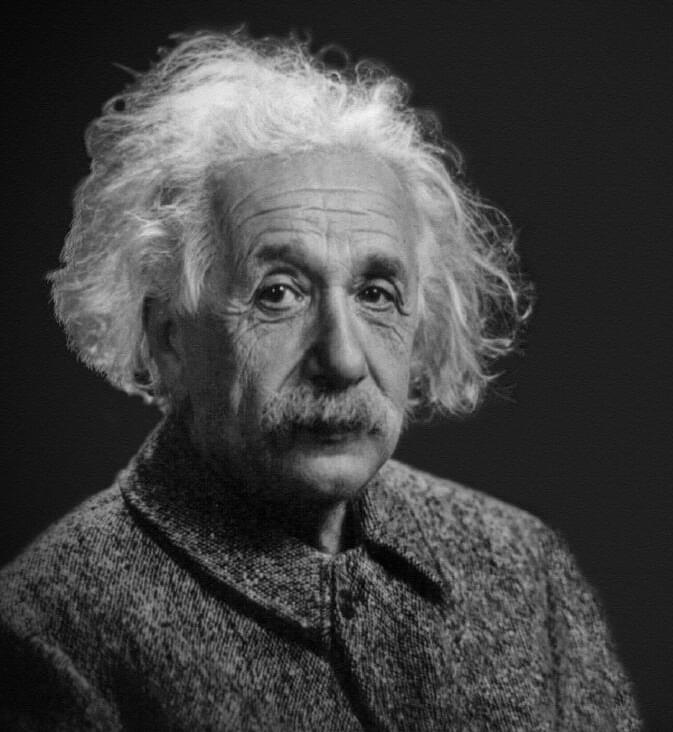What if there was no more war? Join us… and find out more!
Subscribe for more from Unveiled ► https://wmojo.com/unveiled-subscribe.
For as long as there have been humans on Earth, it seems that there has also been war. But, what if that changed? In this video, Unveiled takes a closer look at a world without war. How would it work? Could it ever happen? And what would the future of humanity look like if it did?
This is Unveiled, giving you incredible answers to extraordinary questions!
Find more amazing videos for your curiosity here:
What If Ancient Civilizations Had Experienced Alien Life? — https://youtu.be/DqescEa0cZY
has Humanity Solved the Great Filter? — https://youtu.be/oqI8bxio14M
0:00 Start.
0:38 Why Do Humans Fight in Wars?
2:06 What If War Stopped?
4:15 Could it Ever Happen?
7:04 War and Peace in the Modern World.
8:32 Conclusions.









